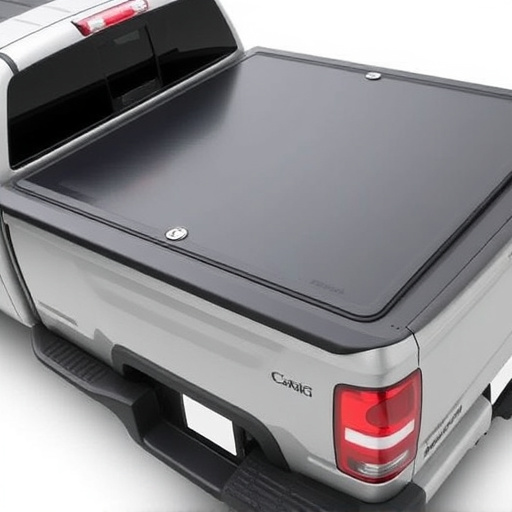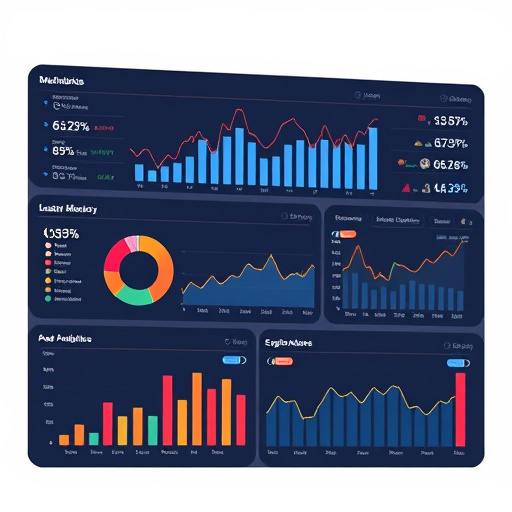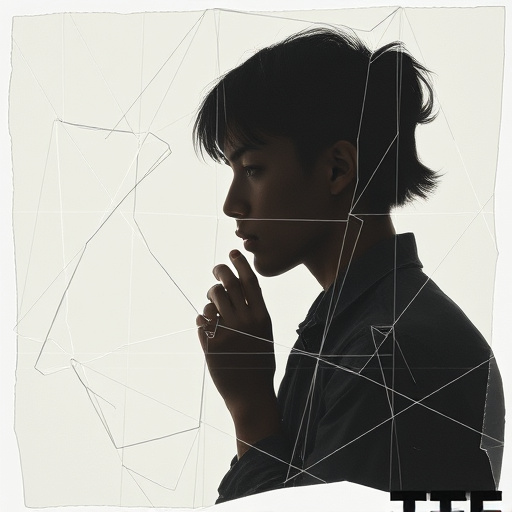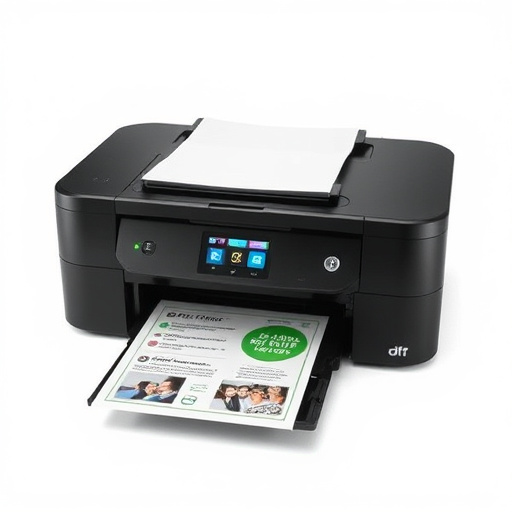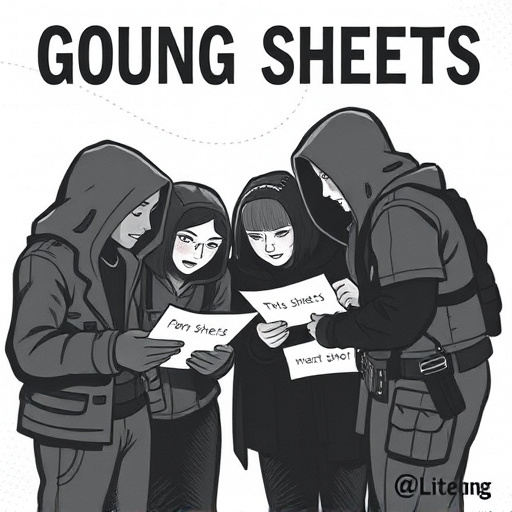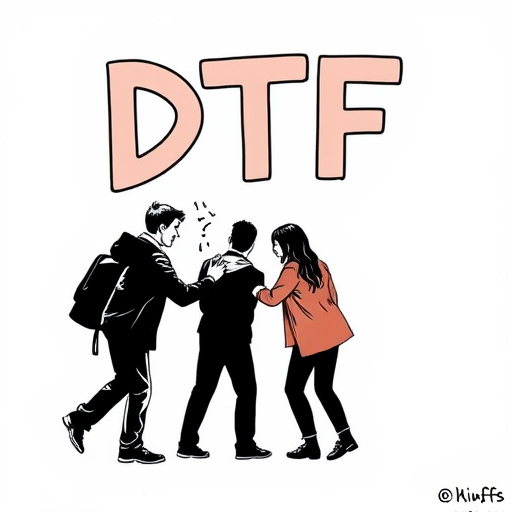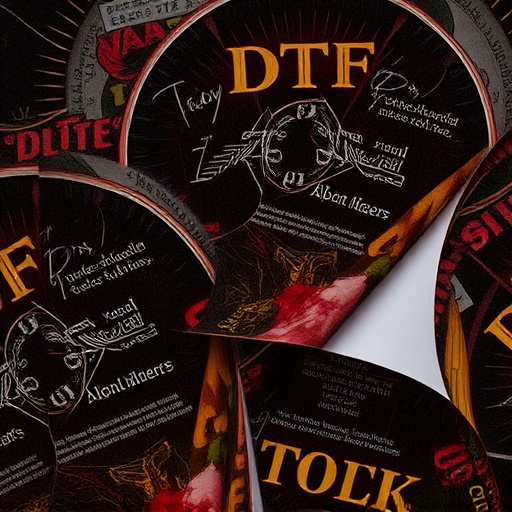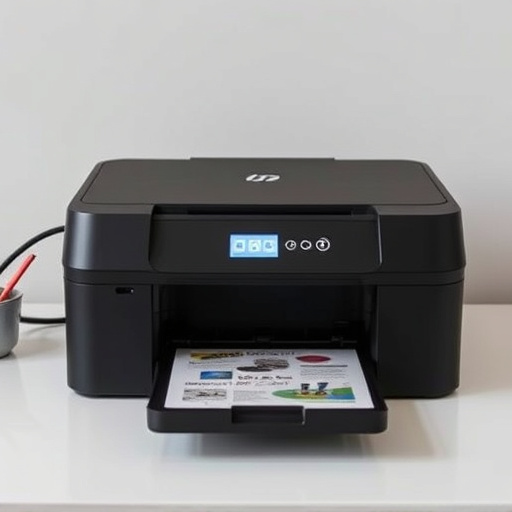DTF (Direct-to-Film) Printing transforms bulk order fulfillment, especially for custom apparel, by offering swift, efficient, and cost-effective production of personalized items on light fabrics. Its digital process ensures precise color, streamlines production, reduces waste, and offers quick turnaround times. DTF printers, with consistent outputs and versatility across materials, meet brand standards and customer expectations. Best practices include regular calibration checks, cleaning routines, using high-quality transfer sheets, and adhering to manufacturer guidelines for optimal results.
“In today’s fast-paced market, consistent and high-volume printing is essential for businesses. This is where DTF (Direct to Fabric) printers shine as reliable workhorses. Our article explores how these innovative machines cater to bulk orders with precision.
We’ll delve into the benefits of DTF technology, from its ability to handle large quantities to ensuring each print is consistent and high-quality. Additionally, we provide best practices to optimize your DTF printer’s performance, guaranteeing satisfied customers and seamless production.”
- Understanding DTF Printing for Bulk Needs
- Advantages of DTF Printers in High-Volume Production
- Ensuring Consistency: Best Practices for DTF Printers
Understanding DTF Printing for Bulk Needs

DTF (Direct-to-Film) Printing has emerged as a game-changer in the world of bulk order fulfillment, especially for custom apparel and merchandise. This cutting-edge technology allows businesses to produce personalized items at an unprecedented pace and efficiency, making it ideal for meeting high-volume demands. By eliminating the need for costly set-up costs and complex machinery, DTF printers provide a cost-effective solution for creating custom designs on various materials, including light fabrics like hoodies and t-shirts.
For businesses dealing in direct to film personalized hoodies, custom t-shirts, or any other DTF printing for light fabrics, this technology offers a seamless and consistent output process. The DTF printer directly applies ink to the fabric through a digital process, ensuring precise and vibrant color reproduction, even for complex artwork. This method streamlines production, reduces waste, and allows for quick turnaround times, making it perfect for meeting the demands of bulk orders with minimal hassle.
Advantages of DTF Printers in High-Volume Production

DTF printers offer a range of advantages when it comes to high-volume production, making them an excellent choice for bulk orders. One of the key benefits is their ability to deliver consistent and high-quality outputs. These printers are designed to handle repeated printing tasks with precision, ensuring each custom sheet for heat pressing designs onto garments is accurately produced. This consistency is vital for maintaining brand standards and customer satisfaction when dealing with large quantities of products.
Additionally, DTF printing allows for efficient use of resources. The machines can quickly print on various materials, including textiles, plastics, and metals, without the need for extensive setup or costly maintenance. This versatility makes them the best DTF printer option for businesses aiming to streamline their production processes. With their speed, precision, and versatility, DTF printers are a game-changer for high-volume manufacturing, offering a cost-effective and reliable solution for bulk orders.
Ensuring Consistency: Best Practices for DTF Printers

Ensuring consistent output is paramount when handling bulk orders with a DTF Printer. To achieve this, best practices involve maintaining regular calibration and cleaning routines. Regular calibration checks ensure the printer’s settings remain accurate, leading to precise prints on every DTG transfer sheet. Cleaning the print head and machine surfaces frequently prevents buildup of residual ink, which can cause inconsistencies in color reproduction.
Additionally, using high-quality DTF transfer sheets specifically designed for your printing medium—whether it’s for DTG on t-shirts or other fabrics—is crucial. Following manufacturer guidelines for loading and handling these sheets ensures optimal transfer of designs onto the final product. Regularly testing new batches of transfer sheets can also help identify any variations in quality, allowing you to make adjustments early in the production process.
DTF printers have emerged as a reliable and efficient solution for bulk order production, offering significant advantages over traditional methods. By understanding the capabilities of DTF printing and implementing best practices, businesses can ensure consistent, high-quality outputs for their large-scale projects. This innovative technology streamlines production, making it an essential tool for modern manufacturing and design processes.


